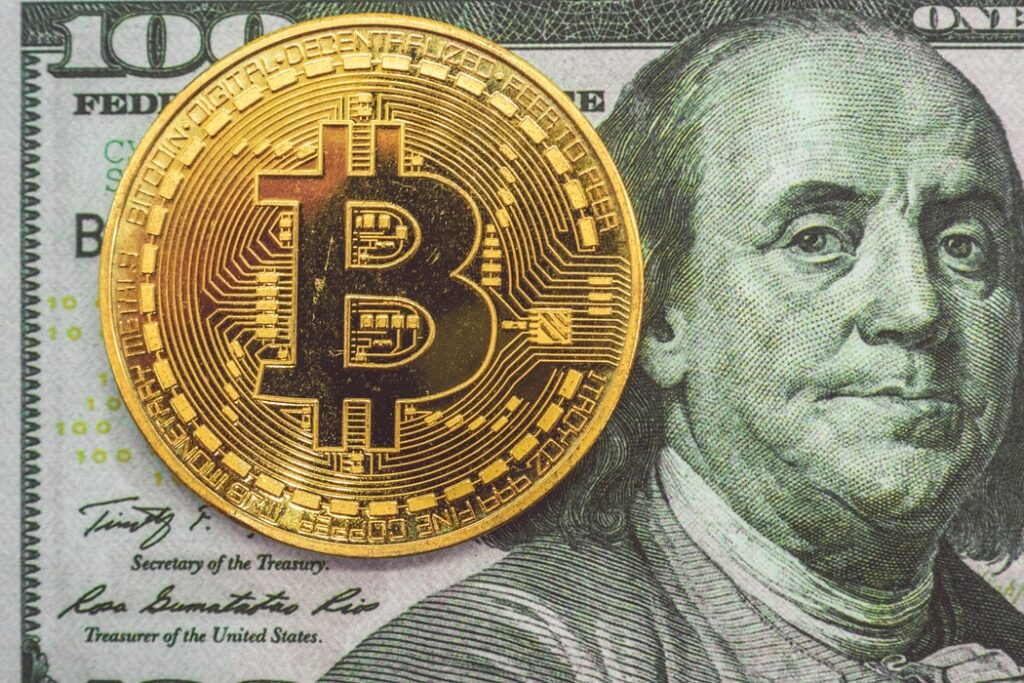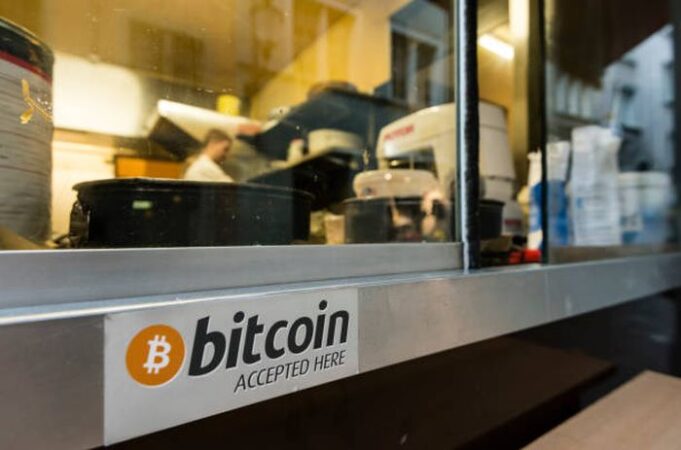Experts predict that the use of digital currencies will be more democratic in the coming years.
Much is said about cryptocurrencies or “cryptoactives”, but little is explained about their day-to-day use in retail. The advantages of using these digital currencies have been explored by leading experts in the economy and can bring benefits to both the consumer and the retailer. The trend is that its use is promising for the coming years. Cryptocurrencies present themselves as an easier and safer digital option. This is in line with the new consumer we have today: increasingly phygital and eager to use digital in retail.
Although the concept is already widespread, many people do not know how this feature works. And even fewer people know that their world goes beyond the existence of Bitcoin. The concept is actually quite simple: digital currencies, which do not exist in the physical environment. They have the function of facilitating the process outside the banks, in addition to improving security in the exchange of financial assets. They are now tradable and if you are curious about it, visit this site.

Much is said about Bitcoin because it was the first cryptocurrency to appear on the market, therefore it has also become the best known. However, there are at least more than three thousand digital currencies on the market and for each country there is different legislation for their use. In some countries, they are considered as “assets”, which implies the collection of income tax on the amount informed in the annual declaration of the Personal Income Tax (IRPF).
Crypto assets are digital assets that allow an electronic means of payment to work directly, with fewer intermediaries. One way to facilitate understanding, in the view of Vinicius Frias, CEO of Alter, a fintech pioneer in bitcoin payments, is to think about the use of coins in a similar way to physical money. Cryptocurrencies, in essence, resemble a cash transaction, where the consumer delivers a certain amount and the retailer gives the service or product.
An example to explain how to use it can be done with Bitcoin. To make transactions, people allocate coins in wallets (digital wallets). Exchanges are made digitally, transferred from one person to another without the intermediary of a bank. And to transfer, it is necessary to use a code, called a BTS address, which can be converted to a QR Code. In digital retail, the process ends up being the same. For stores that already work with this means of payment, simply carry out the transaction.
What are the advantages for retail?

Although the use of cryptocurrencies is not so common in retail, this practice may become more frequent in the coming years, driven by technological changes in consumer habits. One of the main reasons is related to bureaucracy and fees for the most common means of payment, such as credit card.
In all retail transactions, there are numerous payment intermediaries that make transactions more expensive and bureaucratize, as in the case of machines, for example. Today, retailers deal with high fees under other means of payment. Credit cards are an example, with fees ranging between 4% and 6%. Still, it leads in the country as the most used. To give you an idea, it is worked by 98.3% of digital stores, according to a survey by GMattos.
If we compare fees that can be applied when using the card, maybe [the cryptocurrency] is a good complementary alternative. However, we have not yet reached the stage of mass adoption and total replacement is not a reality at the moment.
Another advantage is also related to transaction security. This is very important in the fight against fraud, where gateways end up punishing the retailer, carrying out undue chargebacks. The use of cryptocurrencies is a captivating marketing strategy. Today, the main advantage for retailers is in marketing, in being able to attract consumers to their business, as the cryptocurrency audience is very enthusiastic.
And the downsides for retailers and consumers?

Vinicus comments that blockchain fees — the technology responsible for cryptocurrency transactions that gathers information, is able to encode it and transform it into something immutable, which brings security to transactions — may not be so advantageous for consumers.
Operationally, there may be benefits for receiving international values or high-value goods. For small transactions, in general, it doesn’t pay off much. Here we speak mainly of Bitcoin, which is the most well-known cryptocurrency. Your transactions are quite costly due to all the security involved in the blockchain record. Usually who pays these shipping fees (mining or network fee) are the consumers during shipping, which has ties to the first response.
In addition to blockchain fees, currency volatility is also highlighted. Whoever bought or received cryptocurrencies earlier this year, has already seen more than 80% appreciation. But it is worth remembering that they are volatile assets and that they may also suffer price drops.
Therefore, it is important to be aware of the values in the market. This applies both to knowing the right time to invest and to converting the cryptocurrency to the national currency (Real). For some experts, conversion is one of the biggest recommendations to trade, precisely because it is a very volatile asset. There are several companies that work exactly in this medium, providing automatic conversions and reconciliation systems so that the retailer has little friction to deal with this complexity. In practice, the retailer receives in reais while the customer used cryptocurrency.
Future use: will it become a trend?

In the view of the two experts, the use of cryptocurrencies tends to become popular in the coming years and the aforementioned disadvantages will be overcome by retail. The advantage is mainly related to new consumer habits. Today, there is more demand for digital presence in everyday consumption.
In addition, as it is a very secure means of payment, the use of digital currencies is also a relevant alternative for the market. Transactions with cryptocurrencies are open and available in a kind of electronic ledger, called blockchain.
Therefore, it can be an even more reliable environment than the current model, in which transactions are under the control of one or more intermediaries, who may have interests in conflict with those of the shopkeepers. While their use is limited to the hands of a few, many experts claim that coins will soon be more democratized.















